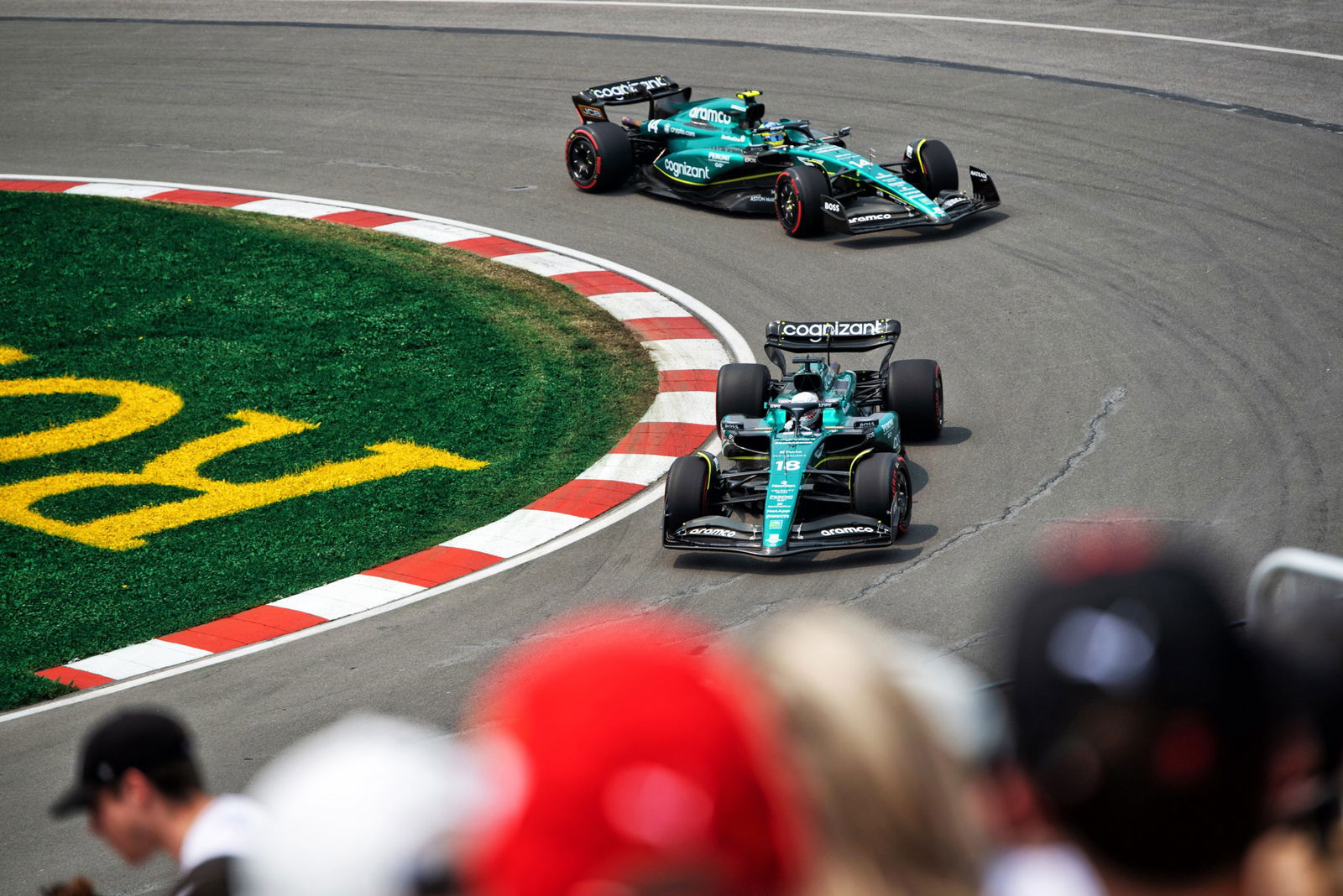

It was a strange year for the team, yet also a remarkable one in many respects when you consider that in amassing a total of 280 points the figure was, by some considerable distance, its highest through its many guises since the current scoring system was introduced in 2010.
Inspired by the arrival of Fernando Alonso, the two-time champion scored six podiums in his first eight races, including notable runner-up positions in Monaco and Canada, as Aston Martin stunned all in Formula 1 with its remarkable in-season development last winter that propelled the AMR23 into the fight alongside Red Bull.
The fact Aston’s season petered out was due to what Fallows described as the team’s determination to be “quite brave, quite risky” in its continued development of parts that resulted in it sliding down the constructors’ championship, from its early highs of second to its eventual fifth.
That was still two places higher and 225 points more than last season as under Fallows’ technical leadership following his arrival from Red Bull in April 2022, the car hit a sweet spot in early 2023, the second year of the ground-effect aerodynamic regulations.
“We made quite a lot of progress towards the end of 2022 with some of the upgrades we put on later in the season,” said Fallows, in an interview with this writer for The New York Times. “The start of the year, with AMR23, was more a development of that.
“There are a lot of things that you obviously can’t do when you’re developing a car in season – changing the architecture of the car, big fundamental changes with the chassis, and things like that.
“We had the opportunity over the winter to do the things we wanted to do, taking bigger steps in the same direction, from a conceptual point of view, than we did on AMR22.
“So we had momentum going in, and we carried on that momentum, but in a more wholesale and more aggressive way than we’d managed to do in-season.
“That resulted in a car, which not only had more overall aero performance on it, but, behaviorally, it was a good car as well. The drivers were quite complimentary about its balance and drivability, which is something you try and achieve, as well as what you believe is lap time.”
Those early results were striking, particularly from Alonso. After breaking both wrists in a cycling accident just before the pre-season test in Bahrain, the fact team-mate Lance Stroll was in the car at all for the first race at the Sakhir International Circuit a few days later was a remarkable achievement in itself.
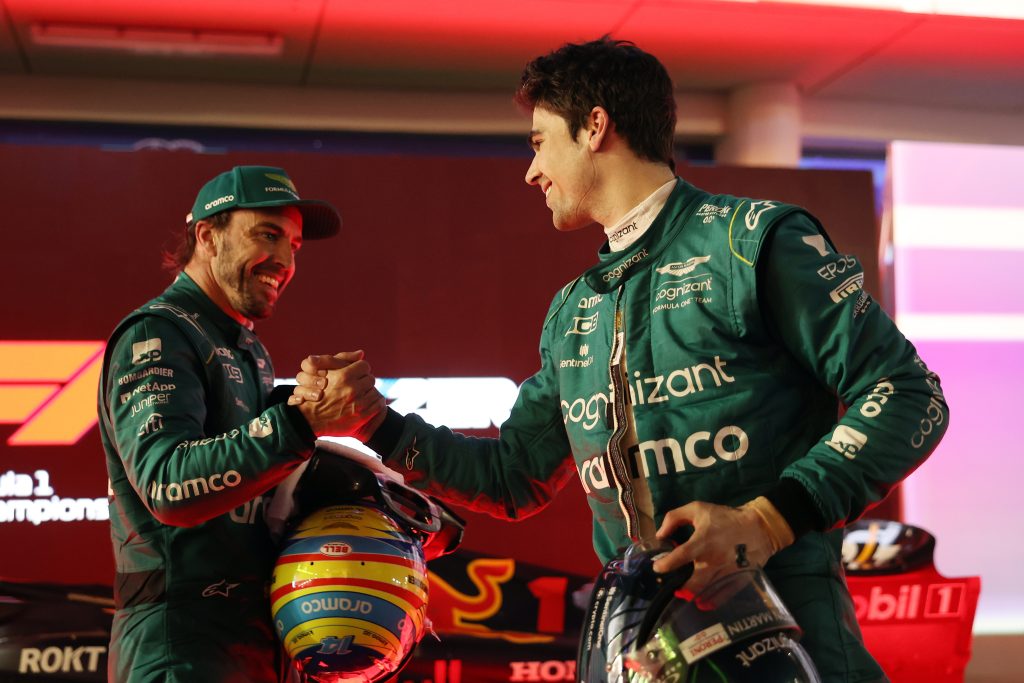
Stroll performed wonders in finishing sixth in the season-opener and fourth in the crash-strewn third race of the year in Australia following an unfortunate retirement with an engine issue after qualifying fifth.
Alonso could arguably have won in Monaco but for a poor strategy call in mixed conditions that left him on the wrong tyres, costing him an additional pit stop that resulted in him finishing second.
Despite a new front wing, nose, and rear wing on the car for the Spanish Grand Prix, Alonso and Stroll were a disappointing seventh and sixth respectively, before further updates for the following race in Canada resulted in the Spaniard again claiming second.
But results in the further four races before the summer break in Austria, Britain, Hungary, and Belgium dipped as Aston’s rivals in Mercedes, Ferrari, and McLaren, reeled them in.
“It was a little bit of a surprise to see we were so competitive (at the start of the year),” said Fallows. “But we always knew that Ferrari and Mercedes, in particular, very strong teams with a huge amount of strength in depth, a lot of experience, would be fiercely competitive and fight back very hard.
“What we tried to do from the outset, was to remain focused on what we could do to our car, and tried to look at, not only the races in the short term, but also how we developed in-season. They’re all things we needed to learn as a relatively new team.
“We tried to focus on that without considering too much about what our relative competitiveness was.
“It was very gratifying to be as competitive as we were, but I don’t think we were under any other illusions that we were a team, particularly at the start of the year, that would likely be operating at second place in the championship.
“We knew it was going to be a struggle to stay there for a length of time.”
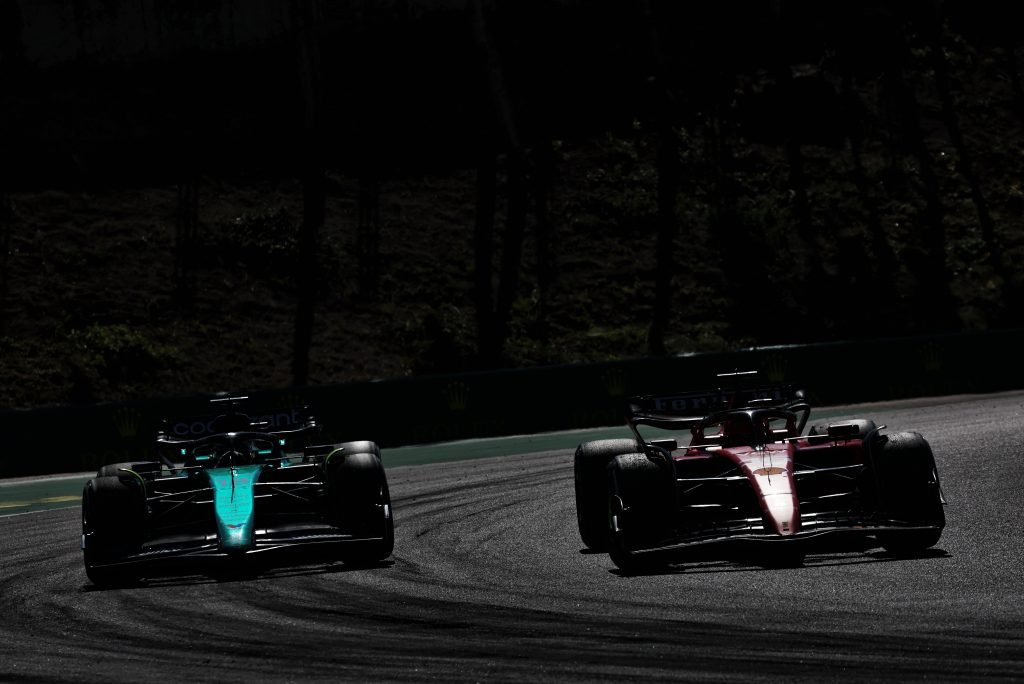
As to why it became such a struggle, Fallows added: “It’s all about relative competitiveness, and our competitors, particularly, with Ferrari and Mercedes, then we saw later with McLaren, made some very big steps in-season.
“We had a very aggressive development philosophy in-season, and some of those things were conceptually quite different from what we had before.
“We had to learn a lot about the way they behaved on the car, that not only did they do the same thing as we were expecting from our tools, but also, how did they behave on the car itself.
“We decided to try to be quite brave, quite risky, in some instances, in terms of the speed of delivery of these parts, where we chose to put them on, for example, such as sprint events, which was very tricky. We chose to be quite aggressive with that.
“We learned a lot as a result of that. Some of the decisions we took, we probably would choose not to do but you can’t buy that kind of learning.”
After Alonso claimed his third runner-up position of the season in the first race after the summer break in Zandvoort, results slumped again before Aston Martin chose the sprint event at the United States GP to launch a major upgrade package that included a new diffuser, changed floor edge, new engine cover, and a different beam wing.
The fact Stroll managed only five laps in the sole practice session put the team on the back foot in its attempt to validate the new parts, a situation from which it primarily failed to recover as both cars were forced to start from the pit lane.
Alonso ran with the spec of car used in the previous race in Qatar, but retired after 49 laps with a floor failure, whilst Stroll, with the new suite of parts, salvaged something from the weekend by finishing seventh.
At the following race in Mexico, Stroll again started from the pit lane as Aston Martin struggled in the high-altitude conditions, changing parts again prior to the race in a bid to further understand.
“Towards the end of the season, we used some races essentially as glorified test sessions in many ways, which is a bold decision to make because it makes your development process very public,” said Fallows.
“It can be quite shocking results sometimes, but we felt that was necessary to understand the car, and to understand what we want to do for next year.”
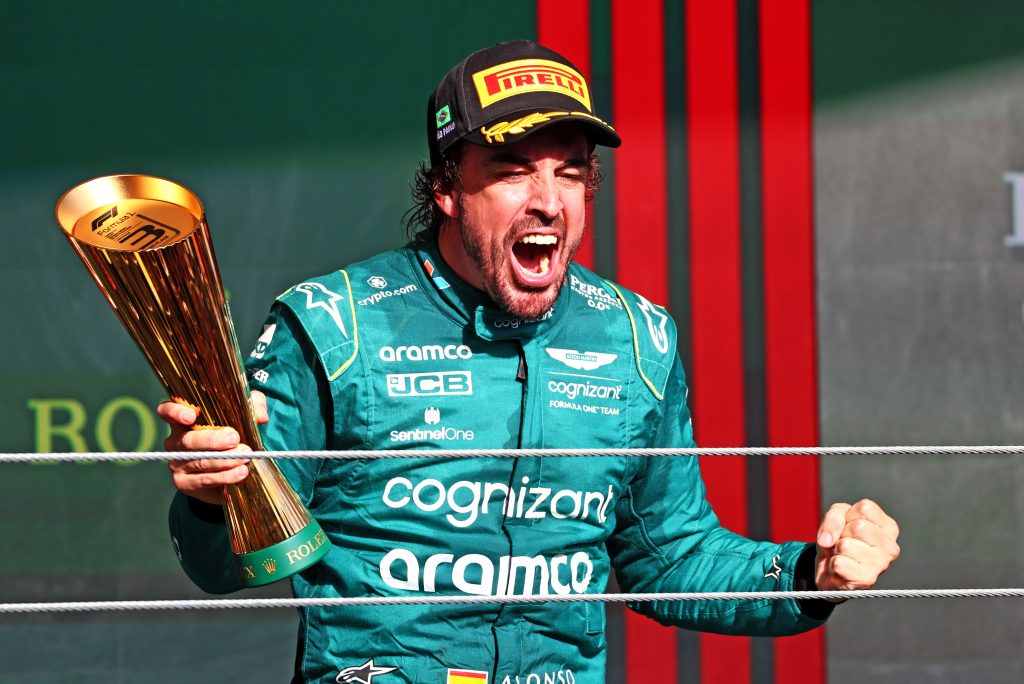
Although appearing ‘lost’ at that stage, a word and position team principal Mike Krack strongly refuted at the time, Aston bounced back to a degree before the end of the year, particularly in São Paulo where Alonso was third.
“That very strong result in Brazil, with a podium and fifth place, validated what we were doing.” asserted Fallows.
“I’ve always said since the beginning of the year that we, as a team, have to understand how to make quick cars from the outset, and we have to understand how to compete in this development race, because it is a race.
“That’s something we’ve learned a huge amount this year, and we can take away as a big positive.”
With that learning under its belt, can Aston Martin make as big a leap this winter ahead of 2024 as it did last winter?
“It’s absolutely possible,” insisted Fallows. “We’ve seen with what we did at the beginning of the season that there are still opportunities to make a big step forward.
“But it’s a relative game. It depends on what other people are doing.
“For us, the most important thing is that we’re making that big step forward. We have our internal targets. We have things that we want to achieve, and as long as we achieve that, then we’ll be happy.
“Where that sits us on the grid will play out according to what our competitors do.”




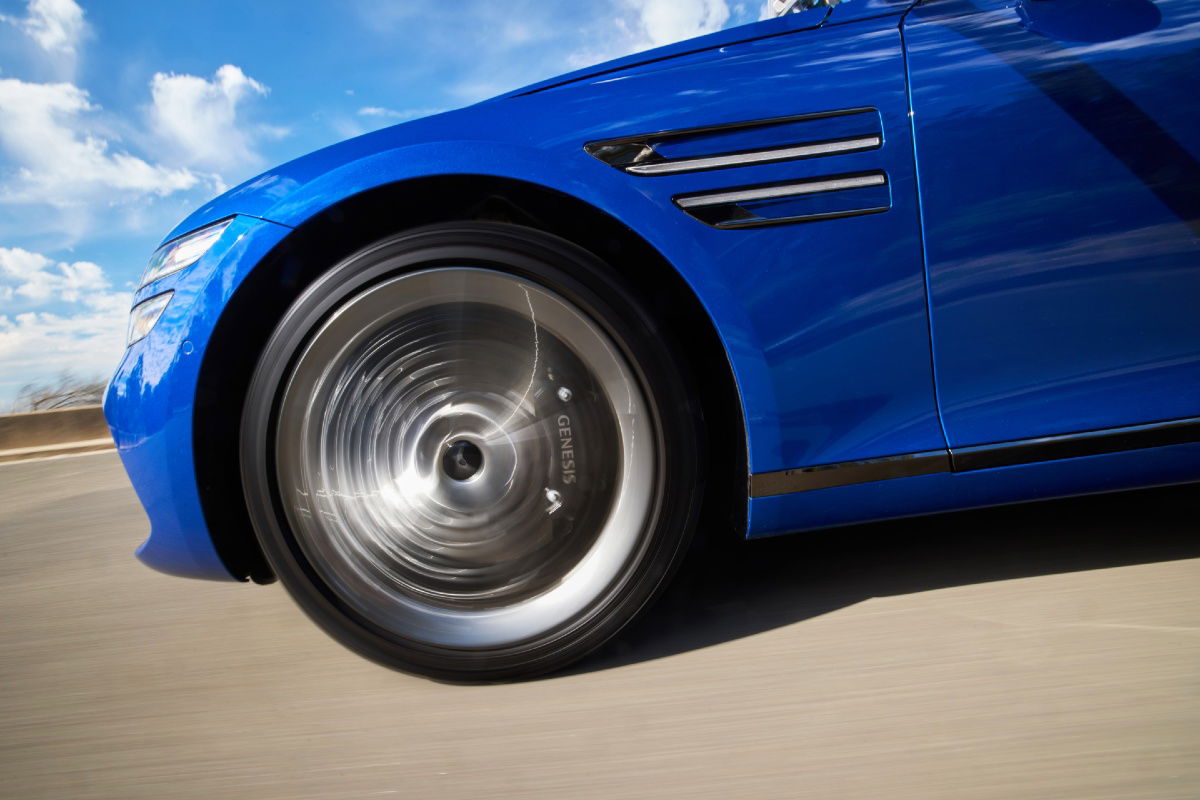

















Discussion about this post